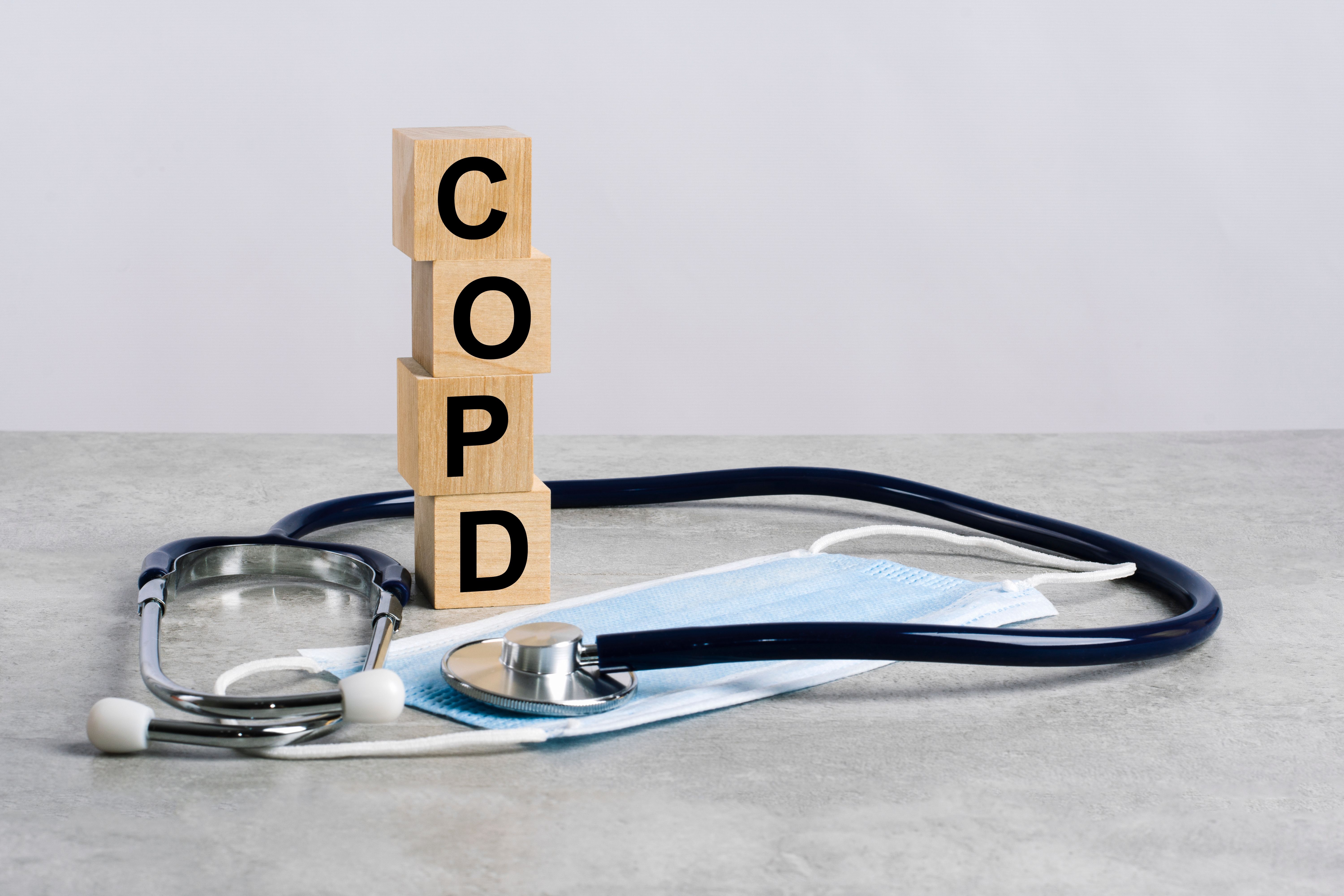Article
Study Examines Bronchiectasis in COPD
Author(s):
Researchers in China investigated the prevalence of bronchiectasis in different phenotypes of subjects with COPD and the correlation between bronchiectasis and different phenotypes, especially emphysema.
Bronchiectasis is defined as an irreversible and progressive dilation of the airways due to chronic airway injury, sometimes from chronic obstructive pulmonary disease (COPD). It is not an independent disease and is induced by other causes.
Since 2014, COPD has been considered a related disease of bronchiectasis, which has been classified as the comorbidity of COPD in the Global Initiative for Chronic Obstructive Lung Disease (GOLD) guidelines. The GOLD guidelines emphasize the impact that bronchiectasis has on the course and prognosis of COPD.
Researchers in China investigated the prevalence of bronchiectasis in different phenotypes of subjects with COPD and the correlation between bronchiectasis and different phenotypes, especially emphysema. Estimates of bronchiectasis in patients with COPD range from 4% to 57%, as the importance of chest computed tomography in the assessment of COPD becomes more and more prominent.
Previous studies about coexisting COPD and bronchiectasis have mainly involved the influence of coexisting diseases on acute exacerbation frequency, severity of airflow limitation, prognosis, and characteristics of pathogenic microorganism.
Owing to the heterogeneity of both diseases, limited information is known about the relationship between bronchiectasis and different phenotypes of COPD subjects. The link underlying the 2 diseases is also unclear.
The researchers studied patients with COPD from April 2012 to December 2015. Subjects were separated into subgroups in 2 ways: COPD with and without bronchiectasis groups, and emphysema-predominant (emphysema index [EI] ≥9.9%) and non—emphysema-predominant (EI <9.9%) groups.
The study included 1739 patients with COPD. Of those, 140 cases (8.1%) were accompanied by radiological bronchiectasis. Patients with concomitant bronchiectasis had worse pulmonary function as measured by mean forced expiratory volume in 1 second (FEV1% predicted, P <.001), higher EI (15% vs 13.4%, P <.001), and higher proportion of pulmonary hypertension and cor pulmonale (6.4% vs 2.4%, P = .005; and 23.6% vs 16.1%, P = .022, respectively) than patients without bronchiectasis.
Of all the patients with COPD, 787 with EI data were divided into emphysema-predominant (n = 369) and non—emphysema-predominant groups (n = 418).
The proportion of bronchiectasis was 16.5% and 10.3% (P = 0.01), respectively. Severity of bronchiectasis increased as the degree of airflow limitation (r = —0.371, P <.001) and emphysema increased (r = 0.226, P = .021). After adjusting confounding factors, FEV1% predicted (odds ratio [OR], 1.636; 95% CI, 1.219-2.197; P = .001) and EI (OR, 1.993; 95% CI, 1.199-3.313; P = .008) were significantly related with the presence of bronchiectasis in patients with COPD.
The researchers said that the study showed that the proportion of bronchiectasis is higher in emphysema-predominant subjects with COPD. Emphysema measured by EI and FEV1% predicted are independent predictors of bronchiectasis in COPD subjects. The underlying mechanism deserves further study, they said.
Reference
Dou S, Zheng C, Cui L, et al. High prevalence of bronchiectasis in emphysema-predominant COPD patients. Int J Chron Obstruct Pulmon Dis. 2018;13:2041-2047. doi: 10.2147/COPD.S163243.





